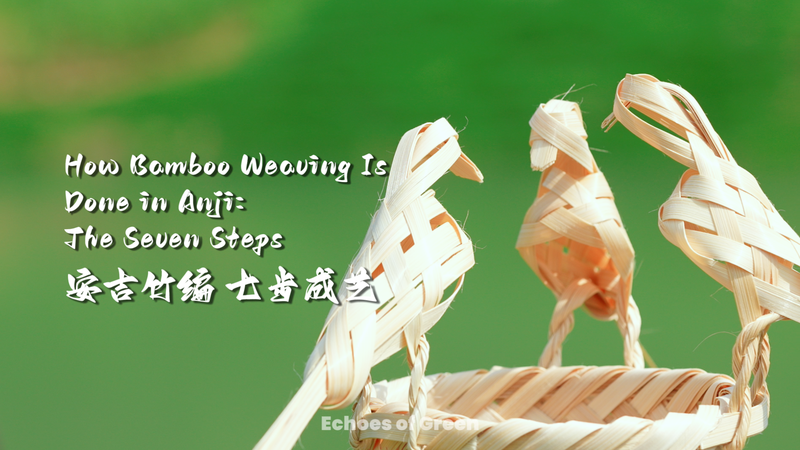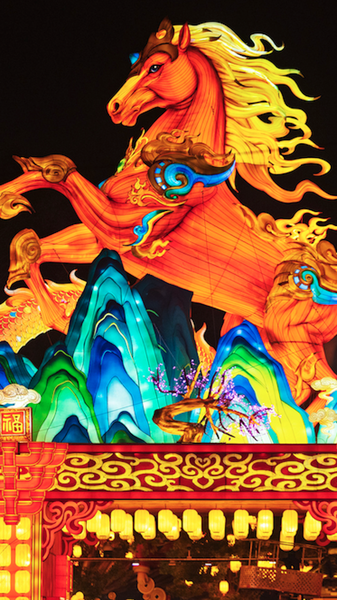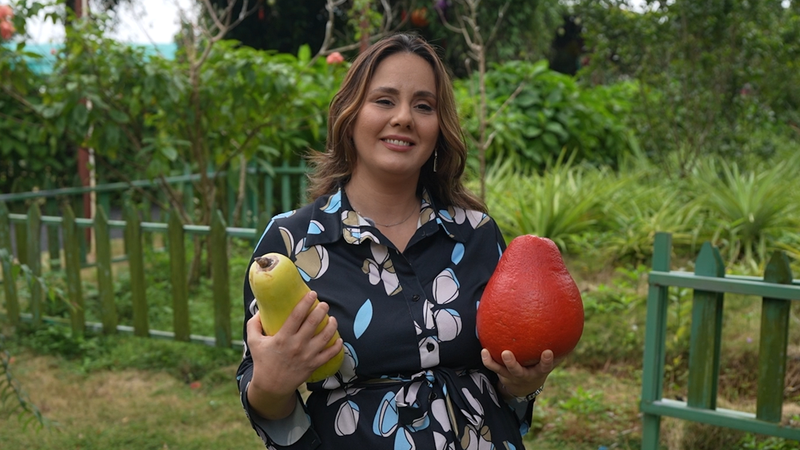In the lush hills of Anji, in the Chinese mainland, bamboo isnts just a plant—its the heart of a centuries-old craft. A new video guide drops you into the workshop with nothing but the authentic sounds of tools, bamboo and hands at work. No voice-over, no music—just pure ASMR-quality audio that transports you straight to the artisans side.
The 7 Steps of Bamboo Weaving in Anji
Step 1: Sawing the Bamboo
It all starts with precision. Artisans cut mature bamboo culms into sections, each saw stroke echoing through the workshop and marking the rhythm of the craft.
Step 2: Splitting the Strips
Next, those sections are split into long, thin strips. This careful division reveals the inner fibers, turning raw bamboo into flexible weaving material.
Step 3: Thinning with Slicing
Each strip is then sliced and shaved to the perfect thickness. The steady scrape of the blade highlights the bamboos natural grain.
Step 4: Softening the Strips
To make the strips pliable, artisans soak or steam them. This step ensures the bamboo bends without snapping during weaving.
Step 5: Puppet Preview
Before weaving begins, a handmade bamboo puppet steps in. Created by the artisan, these tiny figures mirror each motion, offering a playful rehearsal of the weaving technique.
Step 6: Weaving the Pattern
With prep complete, the strips intertwine in precise patterns. Basket, mat or decorative item—each design emerges from the rhythmic dance of bamboo.
Step 7: Trimming & Finishing
The final flourish involves trimming excess edges and burnishing surfaces. A close inspection ensures strength and smoothness, honoring both form and function.
Whether youre a digital nomad seeking authentic experiences, a sustainability advocate curious about natural materials, or simply intrigued by how everyday objects come to life, this ASMR-style journey into bamboo weaving offers a fresh perspective on traditional craftsmanship.
Reference(s):
cgtn.com




